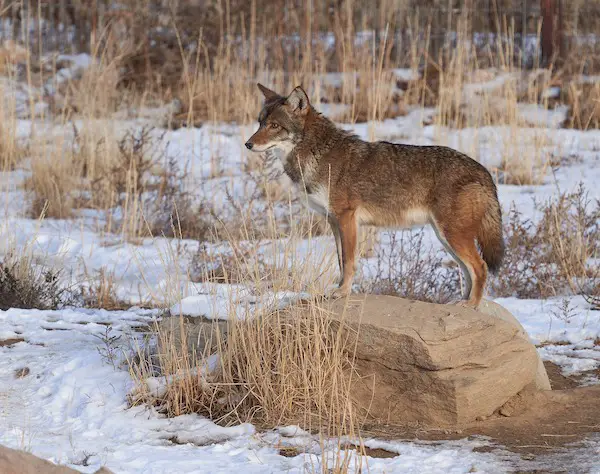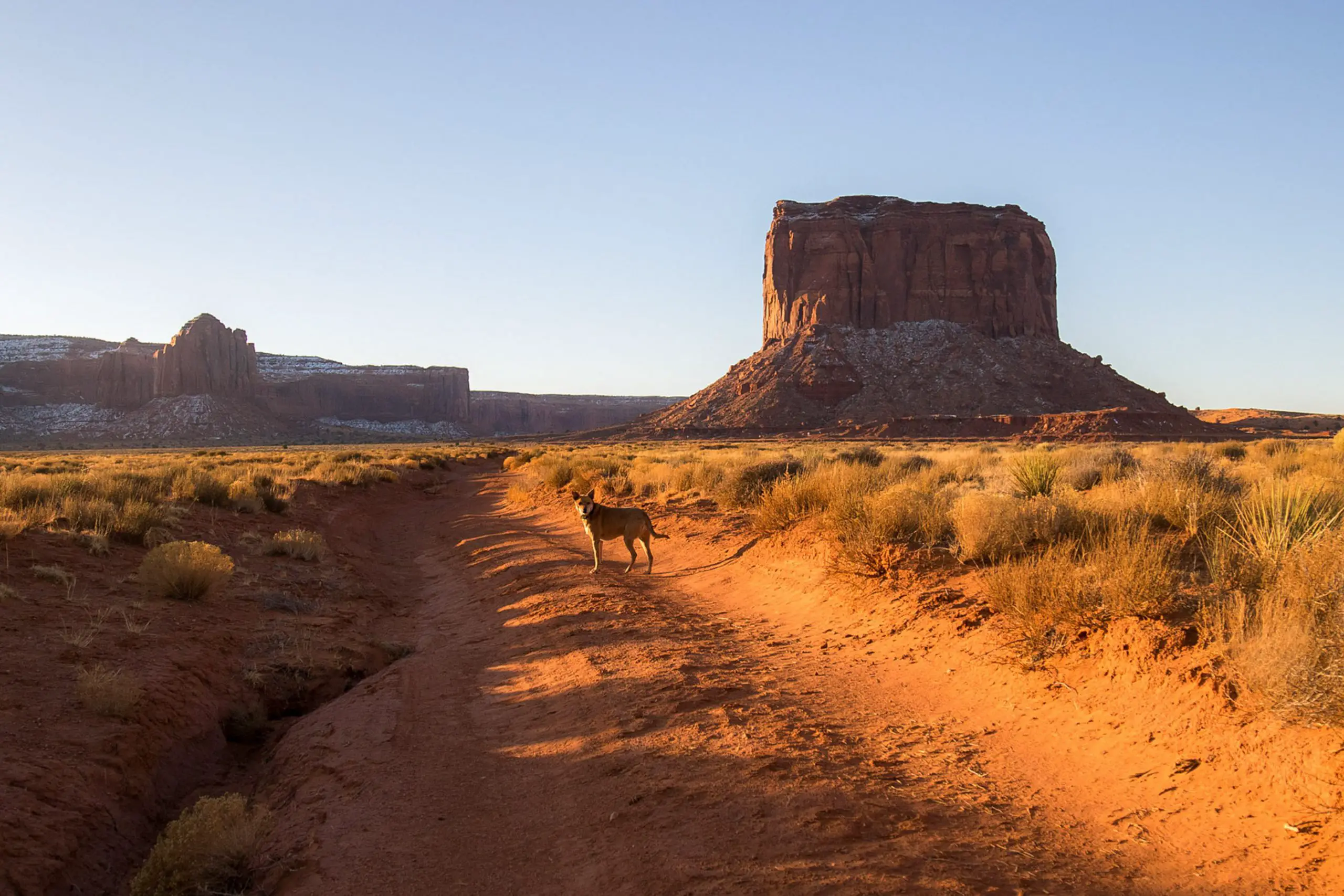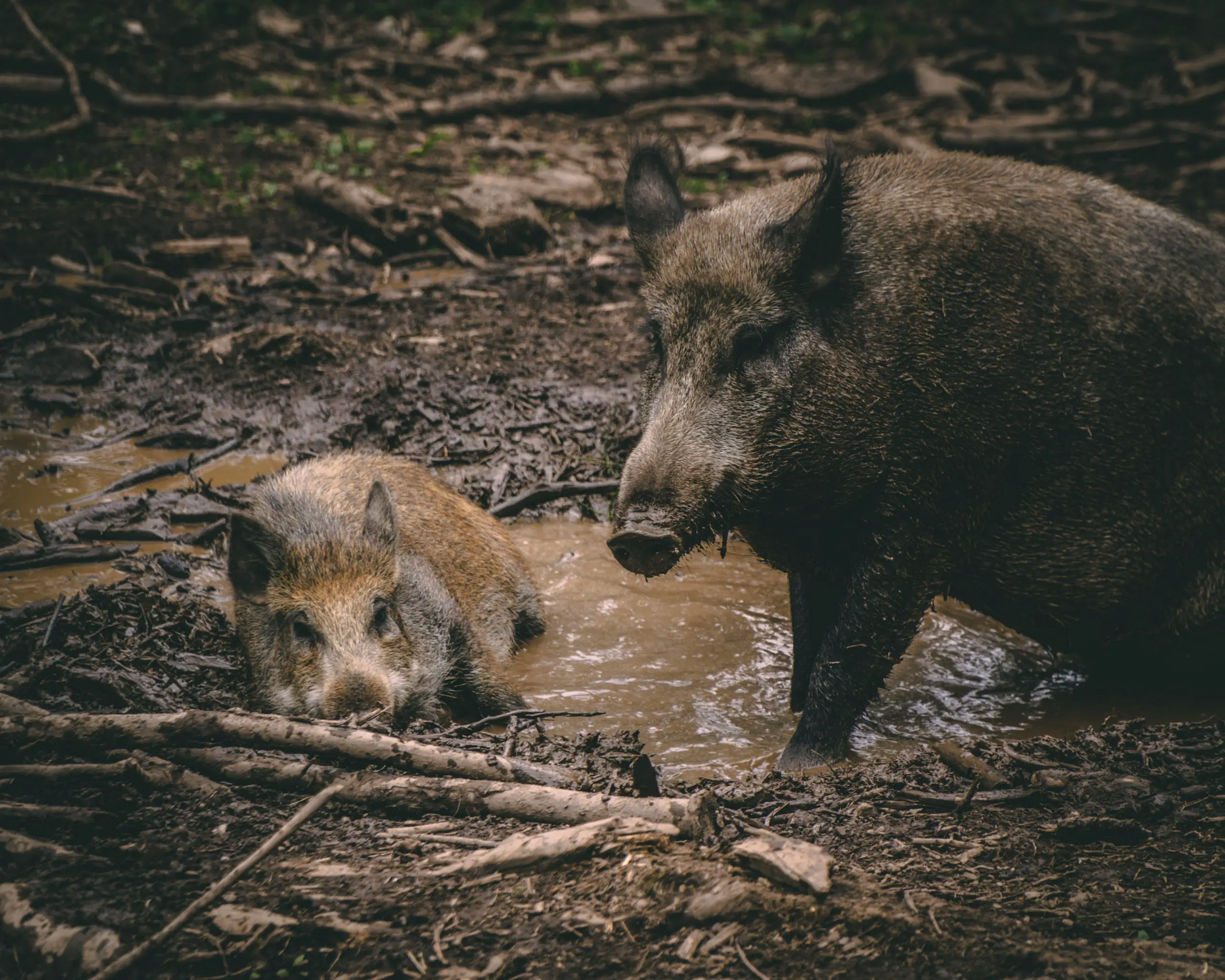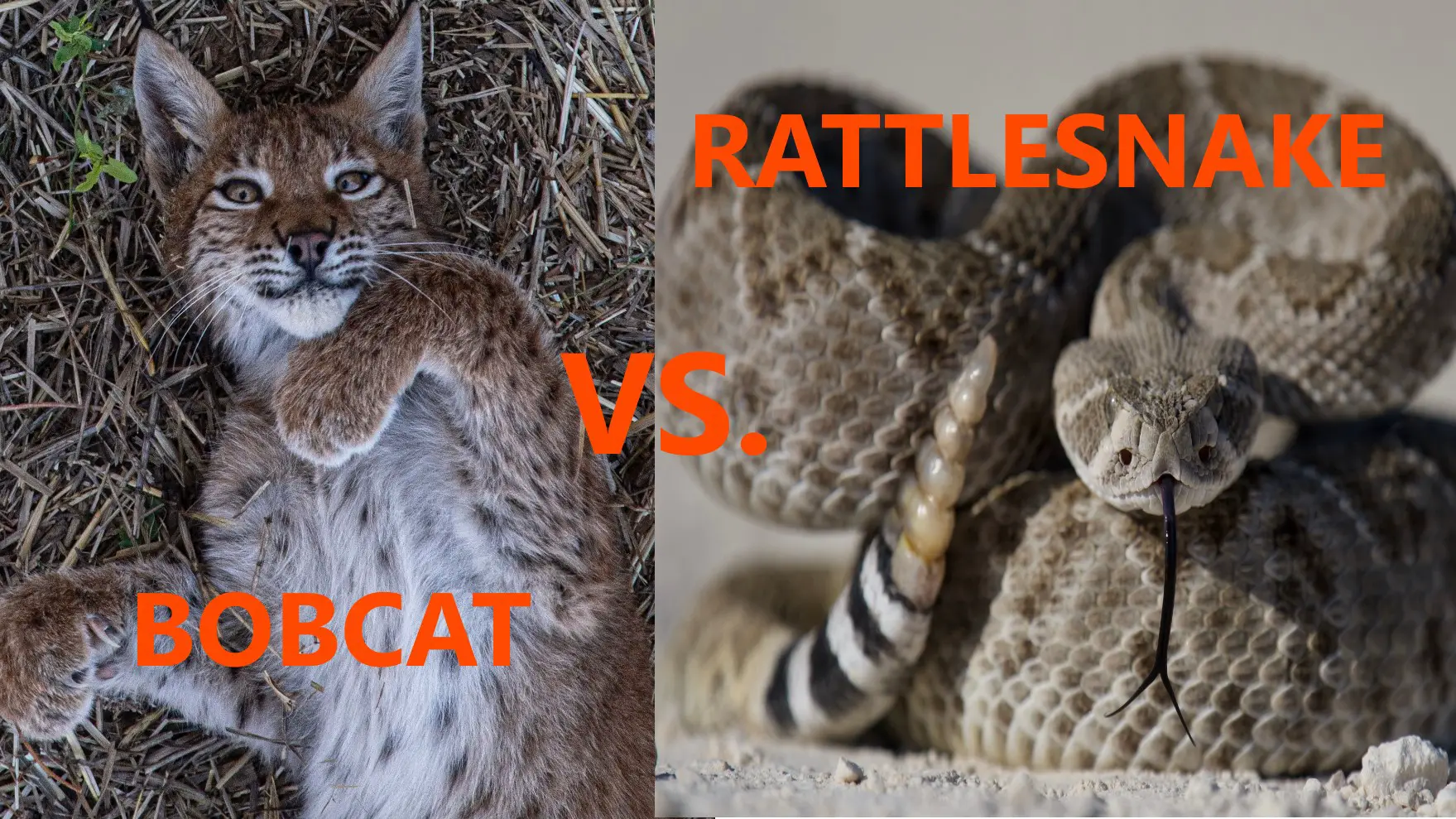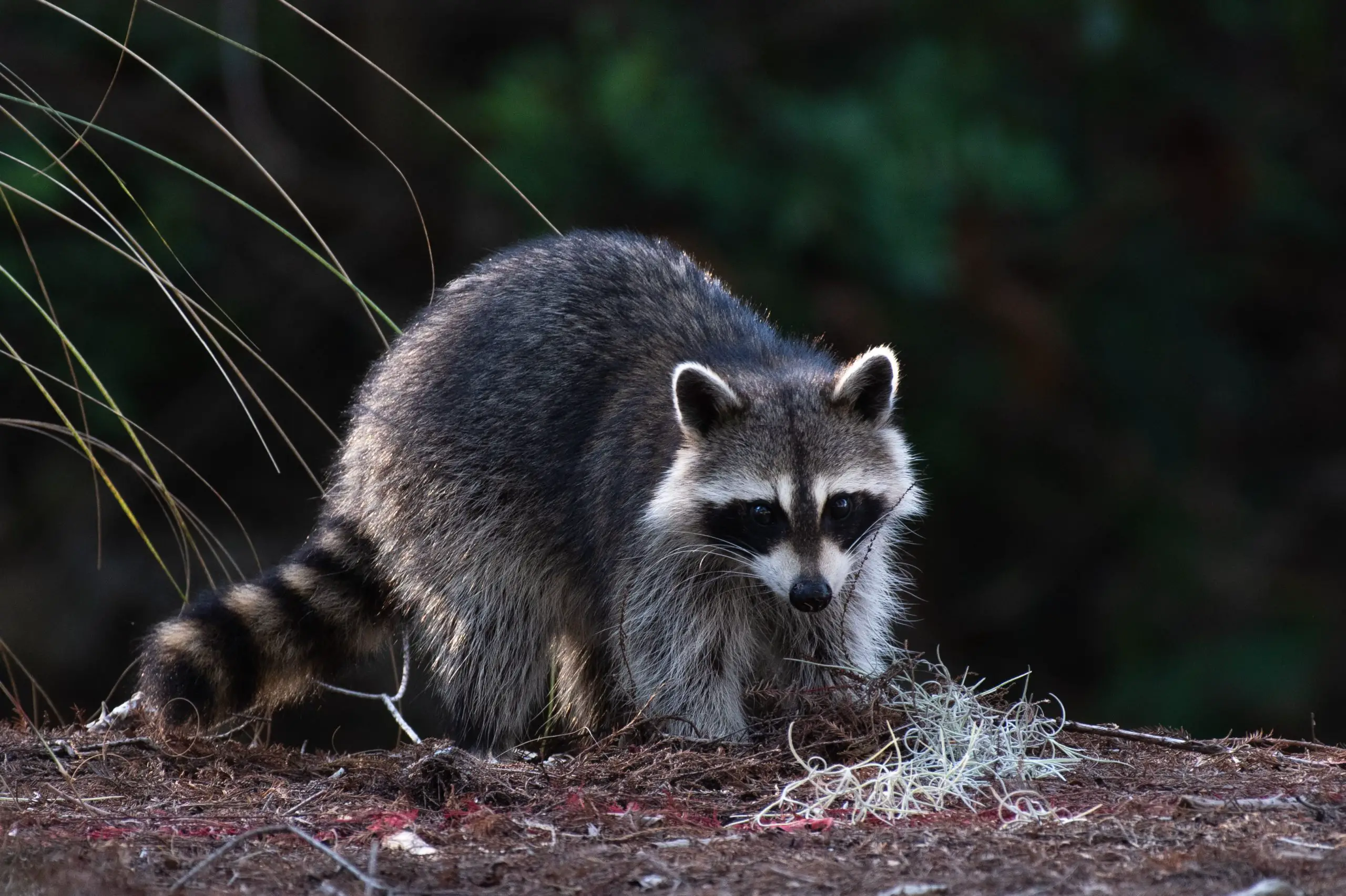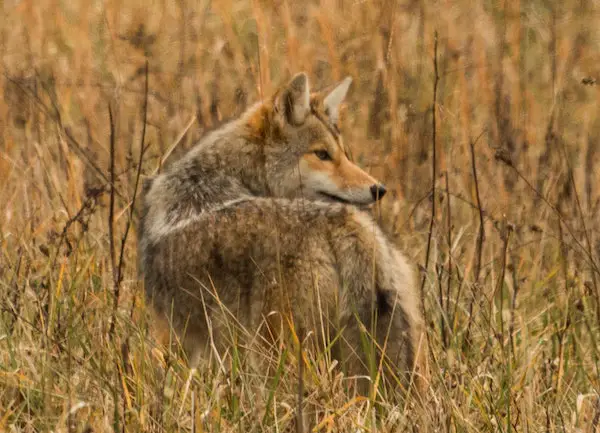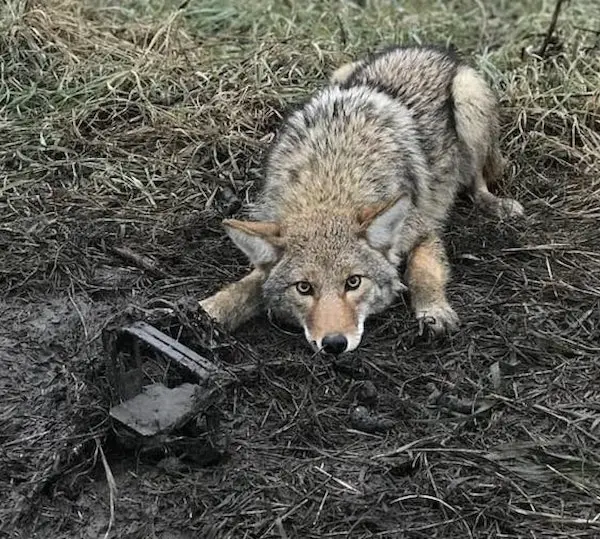What Is the Difference Between a Coyote and a Wolf
It’s not always easy to tell two species apart. Sometimes it’s the size or the look, but we aren’t always sure. When it comes to canines, they’re no exception. So what is the difference between a coyote and a wolf?
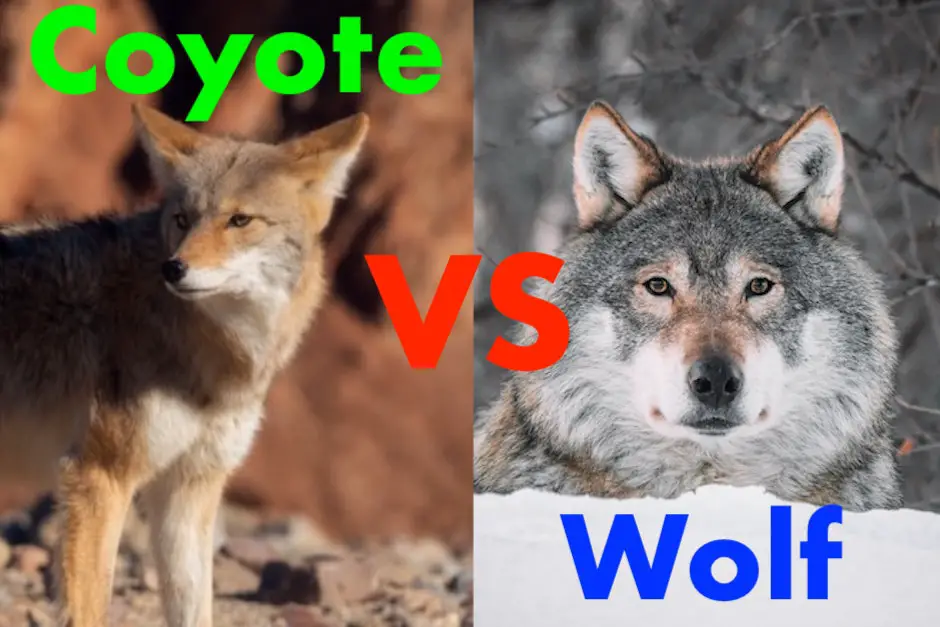
Differences Between A Coyote And A Wolf
The most obvious difference between a coyote and a wolf is size. Coyotes weigh, on average, between one-third and one-half the size of a wolf. Coyotes are smaller in size with lower, shorter bodies. Their feet are smaller, and they have a higher, yipping voice. Coyotes live only in North America but are expanding to Canada and Central and South America. Here are the details.
Weight
Coyotes are the size of a medium dog, like an Australian shepherd. They can weigh between 15 to 50 pounds but average about 35 pounds. Wolves weigh from 50 to 150 pounds but most do weigh around 150 pounds.
Stature
With the weight comes the size, and coyotes stand much shorter than a wolf, standing between 21 to 24 inches at the shoulder, while a wolf stands 26 to 32 inches high. Besides this noticeable difference, coyotes are shorter in body length and have thinner bodies and legs, reaching 3.5 to 4 feet in body length, while a wolf is 4.5 to 6.5 feet long.
Feet
Of course, with size and weight in comparison, foot size and tracks will look different. Coyotes have small feet, 2¾ x 2½ inches at best, more petite and narrower than the wolf and even the average domestic dog. The wolf’s track is much larger, at least 4 x 3¾ inches. If you looked at them side-by-side, the difference would be clear.
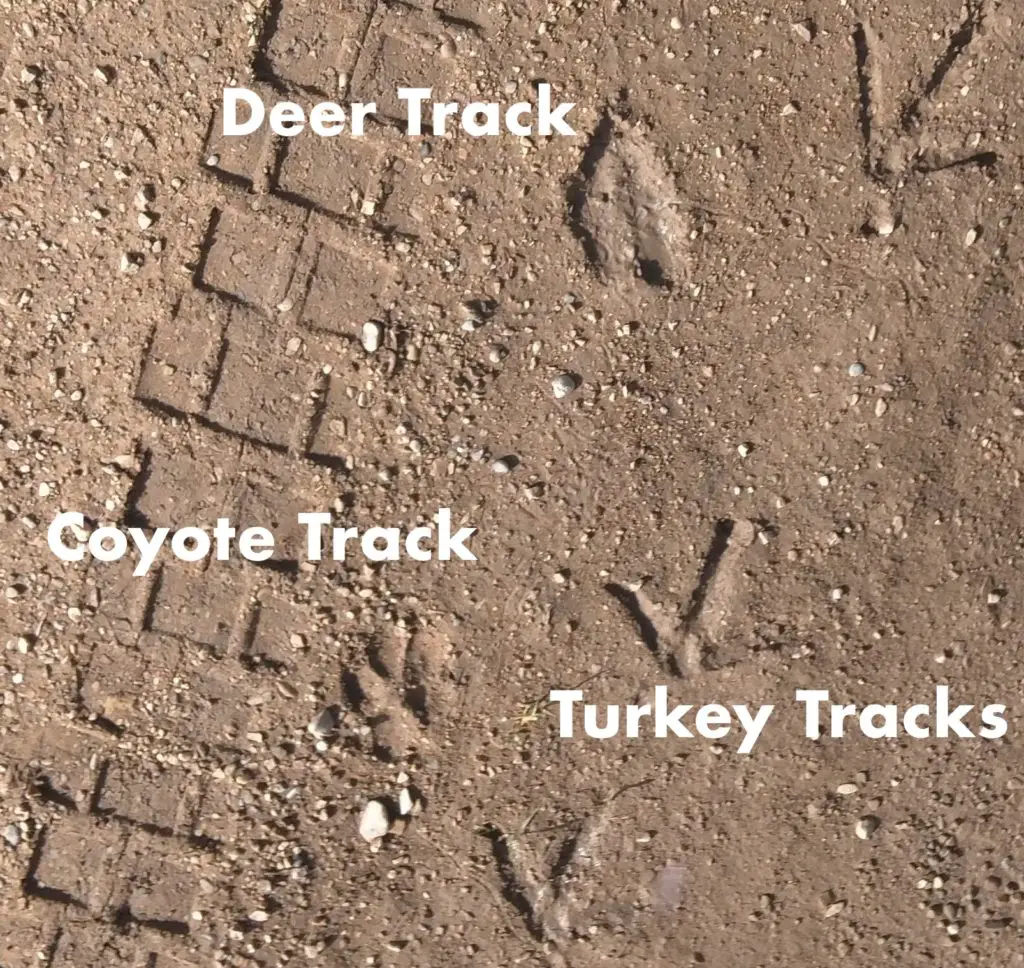
Face and Head
Logically, the head should be smaller if the body is slighter. But the face of a coyote is narrower than a wolf, too. The wolf has a broad bone structure and facial appearance like a husky.
The coyote also has a thinner, smaller nose pad. The coyote’s ears are longer, and their muzzle is deeper than a wolf’s. The wolf’s ears are shorter with rounded tips.
Color
The color of a coyote is most often a muted tan-gray. However, coyotes can be gray, red, white, brown, or black. (What is a black coyote.) Or a mixture of the colors. On the other hand, the wolf is usually gray, although the red wolf species lives in South Carolina, and like their name, they are redder in color.
Voice
You know how those high-pitched voices sound if you have a smaller dog. The coyote yips and has short, high howls. Wolves, on the other hand, have long, low howls. Their voices are far deeper than a coyote.
Diet
The coyote is an incredibly resourceful creature since it cannot go without food for more than a day or two. The coyote is considered a mesocarnivore, its diet consisting of 90% meat on average (usually small game or carrion), and the rest of the diet is fruits, vegetables, and insects. The coyote is less picky in the city and eats food from dumpsters, left-out pet food, and whatever else they find.
Find out more about what a coyote eats on our article about a coyotes diet.
The wolf, however, living only in the wild, can go up to two weeks without food. They are strict carnivores and prefer larger game. Since they hunt in packs, they can cooperate to bring it down.
Scat
Are you tracking a coyote? Check out their scat. Wolf feces is usually 1-1½ inches in diameter, long and tubular, and has a strong odor. In comparison, coyote feces is twisted and irregular and ½ – 1¼ inches in diameter. In addition, coyote scat usually has berries, small animal remains, and insects. However, wolf scat has more hair and bone fragments.
Do not touch scat with your bare hands, as animal feces often carry parasites.

Location
Wolves live in the U.S. and Canada, Central, and South America, Asia, Russia, Europe, and the Arctic. They have a long global history. Coyotes are native to North America, only recently reaching Central and South America and Canada.
Let’s go a little deeper on this. The wolf stays in the wild. They do not want to venture anywhere near people, much less a city. Coyotes do not have that issue and have even been seen on the New York subway.
Slowly, the wolf has become extinct in some areas, whereas the coyote population is higher than ever and continues to increase.
Social Structure
Coyotes can be loners or live in a pack. Unless mated, they hunt alone when they can, hunting in groups when necessary. Wolves prefer to live in packs until they leave to mate and then leave to find a mate. Both mate for life or until their mate predeceases them. Then they may mate again. A wolf has been known to mate with a second female, but the dominant female becomes very aggressive during mating season.
Is a Wolf Stronger Than a Coyote?
Wolves are much more aggressive than coyotes, besides being larger and stronger. Wolves don’t like competition. So they will attack any canid encroaching on their territory, even if it’s not immediately.
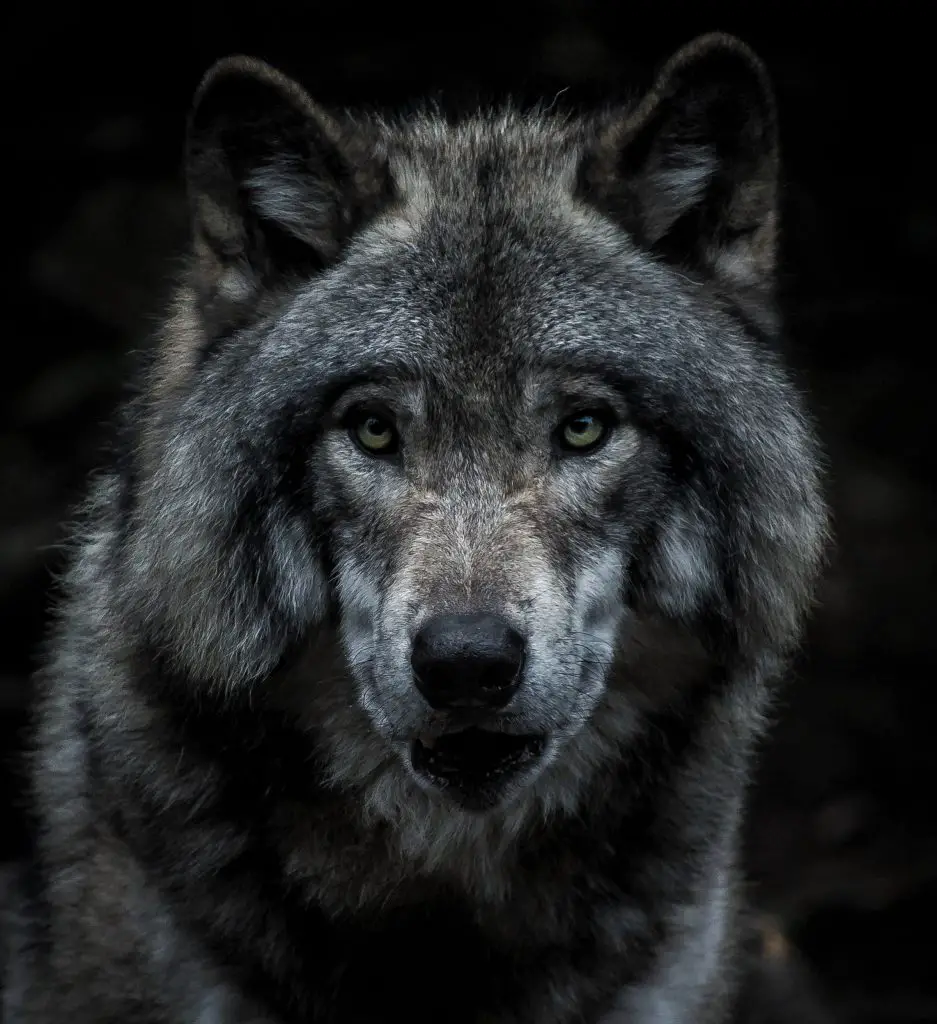
What Is More Dangerous: A Wolf or a Coyote?
That depends. A wolf is more dangerous to an animal in the wild when hunting. Wolves are bigger and stronger, and the pack works as a team. However, coyotes are more dangerous to the human population. Coyotes live in and adapt to any environment, and as they lose the fear of humans, they become a danger to people when hungry. Slowly, coyote attacks happen more often. (9 ways to protect your pet from coyotes.) Wolves do not attack humans because they avoid us.
Is a Coyote Faster Than a Wolf?
Wolves can run 30-37 mph, but a coyote can run 35-43 mph. Wolves are tougher and more powerful, but coyotes run faster. That speed may give them the chance to run away and fight another day.
Can a Coyote Beat a Wolf in a Fight?
Here are the ways a coyote can beat a wolf in a fight:
- The wolf is sick
- The wolf is old and weak
- At least two strong, healthy coyotes are working together
In a one-on-one fight between two healthy animals, it’s no contest. The wolf wins.
Do Wolves and Coyotes Mate?
Coyotes and wolves are not natural enemies. Wolves are simply more aggressive and kill off the competition. However, when a wolf cannot find a mate, it will mate with a coyote. Their offspring are called coywolves, and they have traits of both wolves and coyotes.
Sources
- 8 Differences Between Dogs and Wolves | PetMD
- 38 Different Types of Coyotes – NatureNibble
- Basic Wolf Info | International Wolf Center
- Coyote – Key Facts, Information & Pictures (animalcorner.org)
- Fox vs Coyote – The 5 Key Differences – AZ Animals (a-z-animals.com)
- Historical Background of Coyotes (massaudubon.org)
- Signs of Wolves – Western Wildlife Outreach
- What Is The Difference Between A Wolf And A Coyote? — Forest Wildlife
Beth Criman one of our writers worked on this article. You can become a writer for THF Outdoors follow this link.
